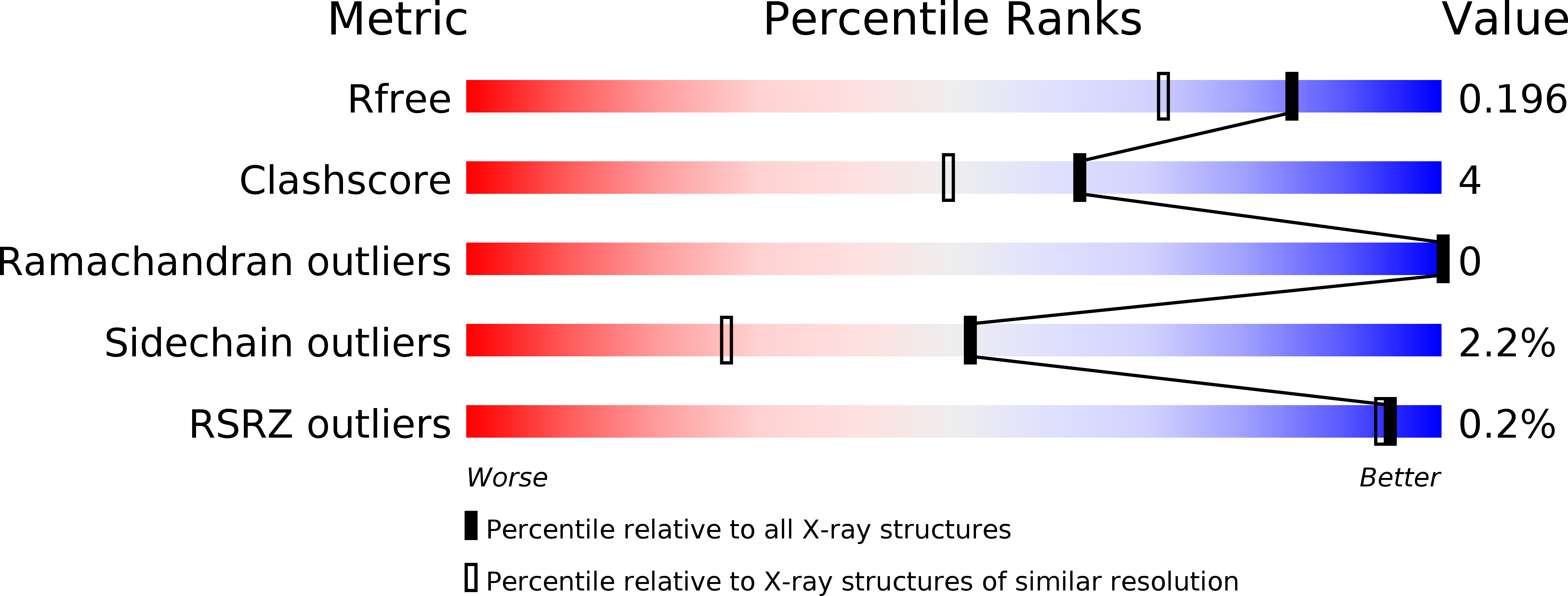
Deposition Date
2007-02-05
Release Date
2007-06-12
Last Version Date
2024-02-21
Entry Detail
PDB ID:
2OS5
Keywords:
Title:
Macrophage migration inhibitory factor from Ancylostoma ceylanicum
Biological Source:
Source Organism:
Ancylostoma ceylanicum (Taxon ID: 53326)
Host Organism:
Method Details:
Experimental Method:
Resolution:
1.60 Å
R-Value Free:
0.20
R-Value Work:
0.19
R-Value Observed:
0.19
Space Group:
P 63 2 2


